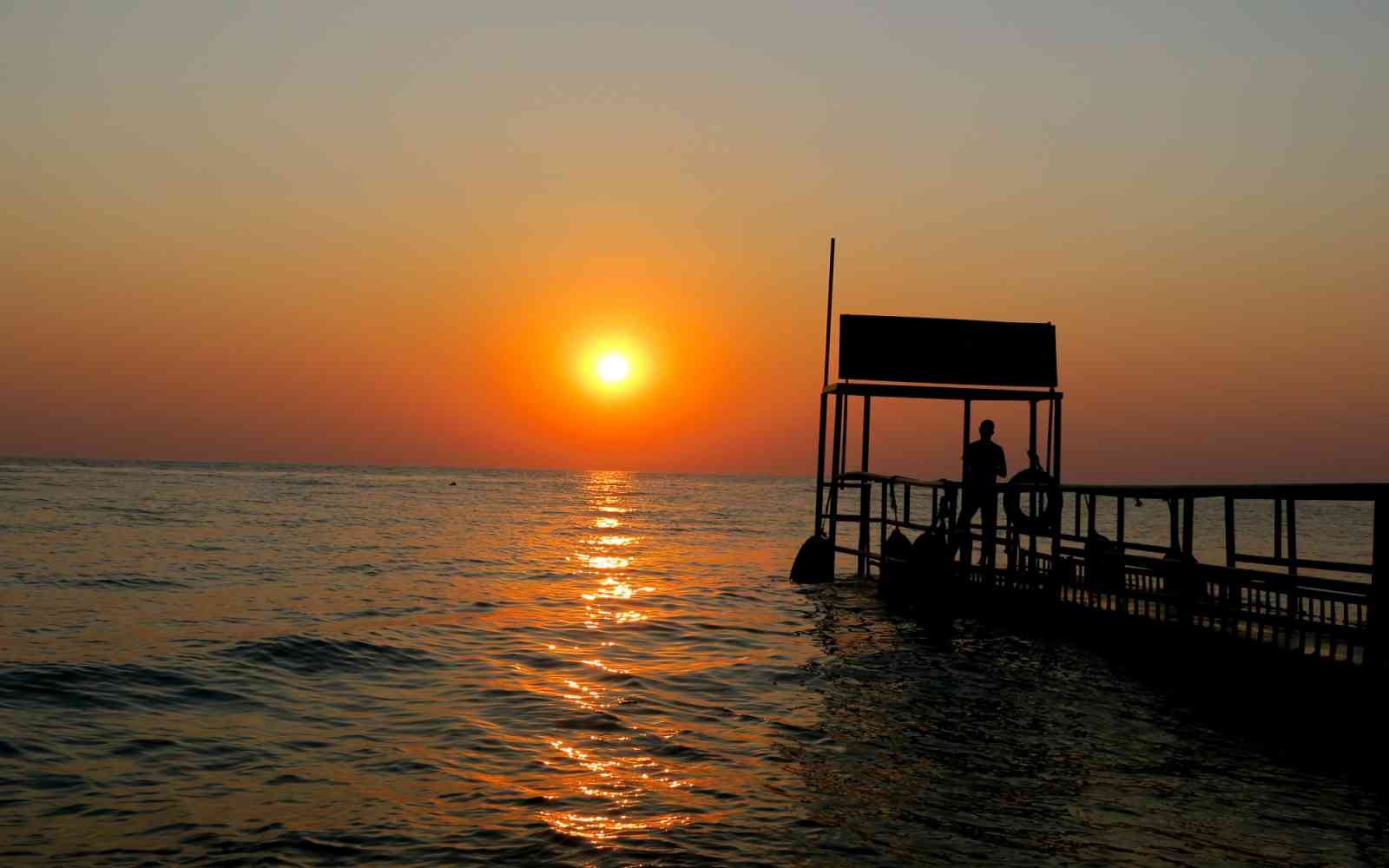The United Nations Office for Project Services (UNOPS)
Tanzanian Vice-President applauds seawall project in major push for climate adaptation

This World Environment day, the Vice-President of Tanzania marked the completion of an extensive seawall project in Dar-es-Salaam and called for further action on climate adaptation.
Climate change has already led to increased temperatures and rising sea levels in this East African nation. Without major investments in adaptation, an annual average of 800,000 Tanzanians stand to be impacted by flooding caused by rising sea levels between 2070 and 2100. Around five million people currently live in Dar-es-Salaam, a coastal metropolis at risk of flooding.
Vice-President Samia Suluhu remarked: “The effects of climate change pose huge challenges to the people of Tanzania…through the construction of these walls in the various parts of the country, we see the importance of the project." Adding, "I would also like to thank the United Nations system, through UN Environment and UNOPS, for overseeing the construction of the wall.”
UNOPS and UN Environment worked with the Government of Tanzania to increase the resilience of coastal areas against the impacts of climate change and rising sea levels.
“A warmer ocean and rising sea levels threaten the way women, men and children live along the world’s coasts. There is no question that we must work together to help our most vulnerable populations cope with an uncertain future. Our efforts with the Government and UN Environment to increase the resilience of Tanzania’s coastal areas shows that model in action,” said UNOPS Executive Director Grete Faremo.
With financial support from the Adaptation Fund, the Global Environment Facility and the Government of Tanzania, over 2,400 meters of seawalls were constructed in seven sites along Tanzania’s coast.
UN Environment Executive Director Erik Solheim said the reality of living with a changing climate is already upon us. “It's now time to start adapting to a warming world and many countries are realizing this. Climate change hurts the least protected, and as sea-levels rise, adaptation projects like this seawall are vital. They demonstrate what we can accomplish when we bring together the expertise of UN Environment with the efficiency of UNOPS."
The project was part of a broader UN Environment initiative to build climate resilience by improving natural ecosystems. As such, the seawalls were accompanied by the restoration of mangrove and coral habitats, both of which act as natural barriers against wave and tidal surges.
The defense structures allow communities in low-lying areas and informal settlements to continue income-generating activities, such as fishing and agriculture. Solar street lights and benches have also been installed along the seawalls.












